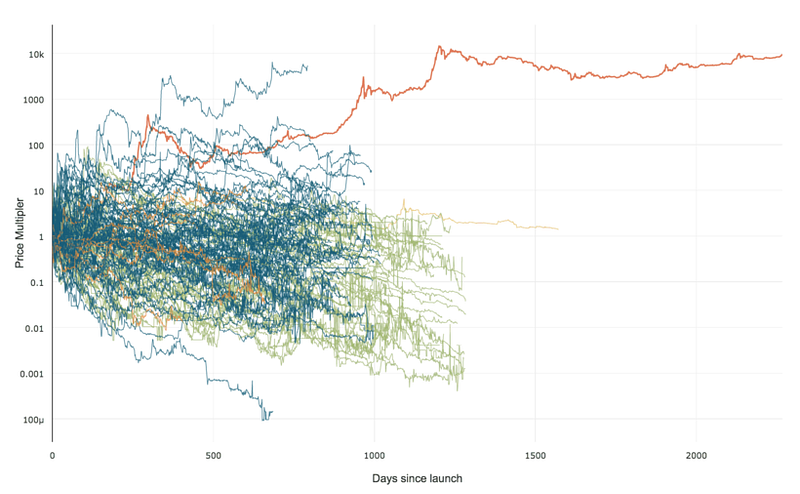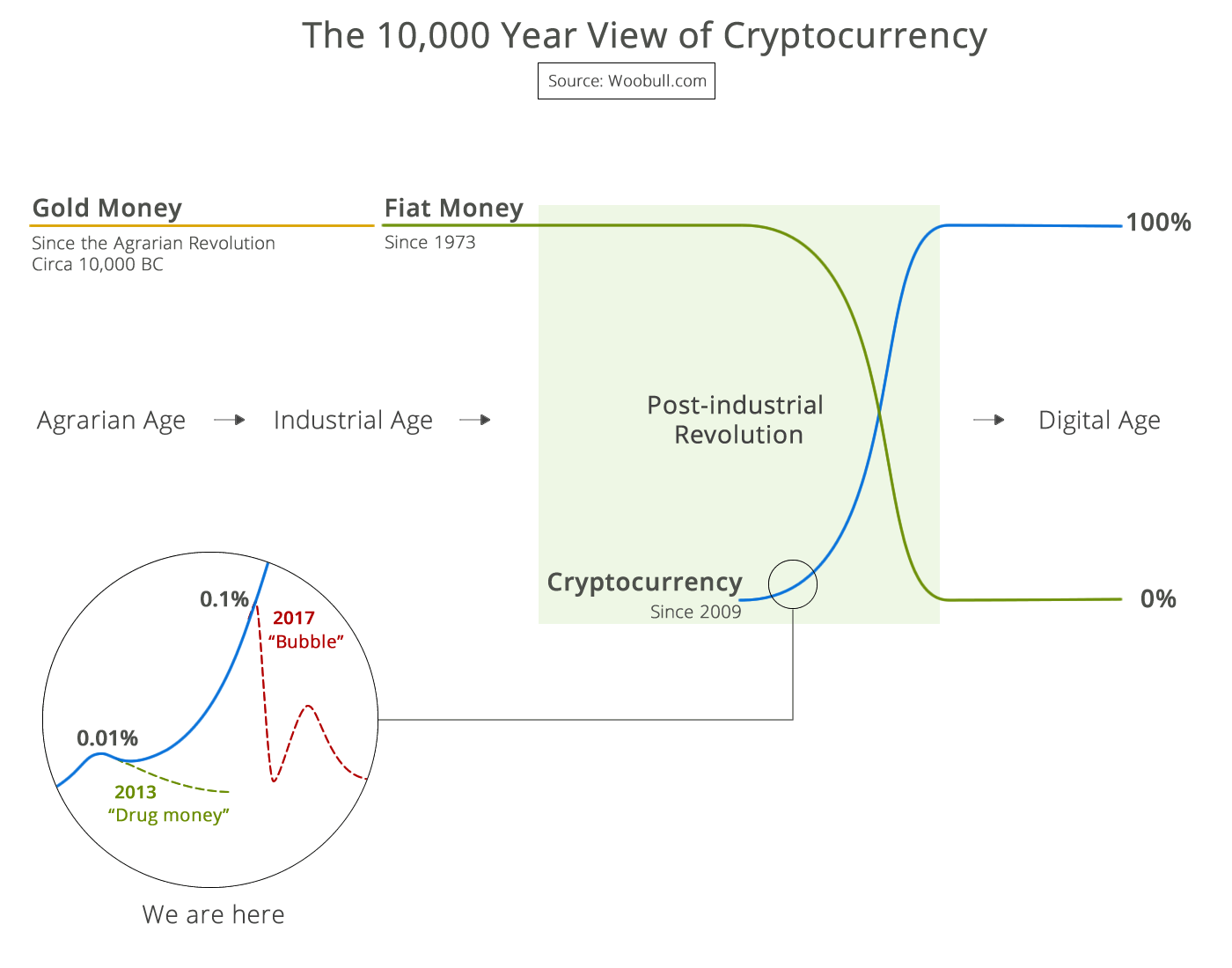I recently read Taxi Drivers and Beauty Contest by Colin Camerer, published in 1997. He found that on good days taxi drivers choose to work lesser hours after hitting their preconceived target of “enough income for the day”, and he highlights that this is a mistake if the goal is to maximize income over the year for the same amount of hours worked. He does find that more experienced drivers (hence mature, wise?) drivers, make this mistake to a lesser degree.
If you generalize the underlying concept to “spend more time in goodness, and less time in badness”, Camerer’s taxi drivers model of behavior corresponds to unrelated phenomena, broad enough in scope to make me wonder if this is a broad rule of life. Following are 3 other areas where this rule applies.
- In powered aircraft best range speed is where the plane is getting the most miles per gallon. The proper speed to fly changes if you’re flying in a headwind (bad) or tailwind (good). When in a tailwind, the best range speed is slight slower. When flying in a headwind, the target speed to fly is slightly faster. In other words, try to spend less time in a bad thing and more time in a good thing.
- When flying sailplanes, air going up – or lift – is a good thing. Air going down is a bad thing. When soaring pilots find lift, they fly slightly slower. When in sink, the best speed to fly is faster. In other words, try to spend less time in a bad thing and more time in a good thing.
- In the Bible, Colossian 3:2 says, “Set your mind on the things above, not on the things that are on earth.” In other words, spend more time on good things and less time on bad things.
Camerer’s finding seems to reflect wisdom of the ages, applicable to the grind of New York city, but not yet realized by all.

 99% of ICOs Will Fail
99% of ICOs Will Fail The 10,000 year view of cryptocurrency
The 10,000 year view of cryptocurrency